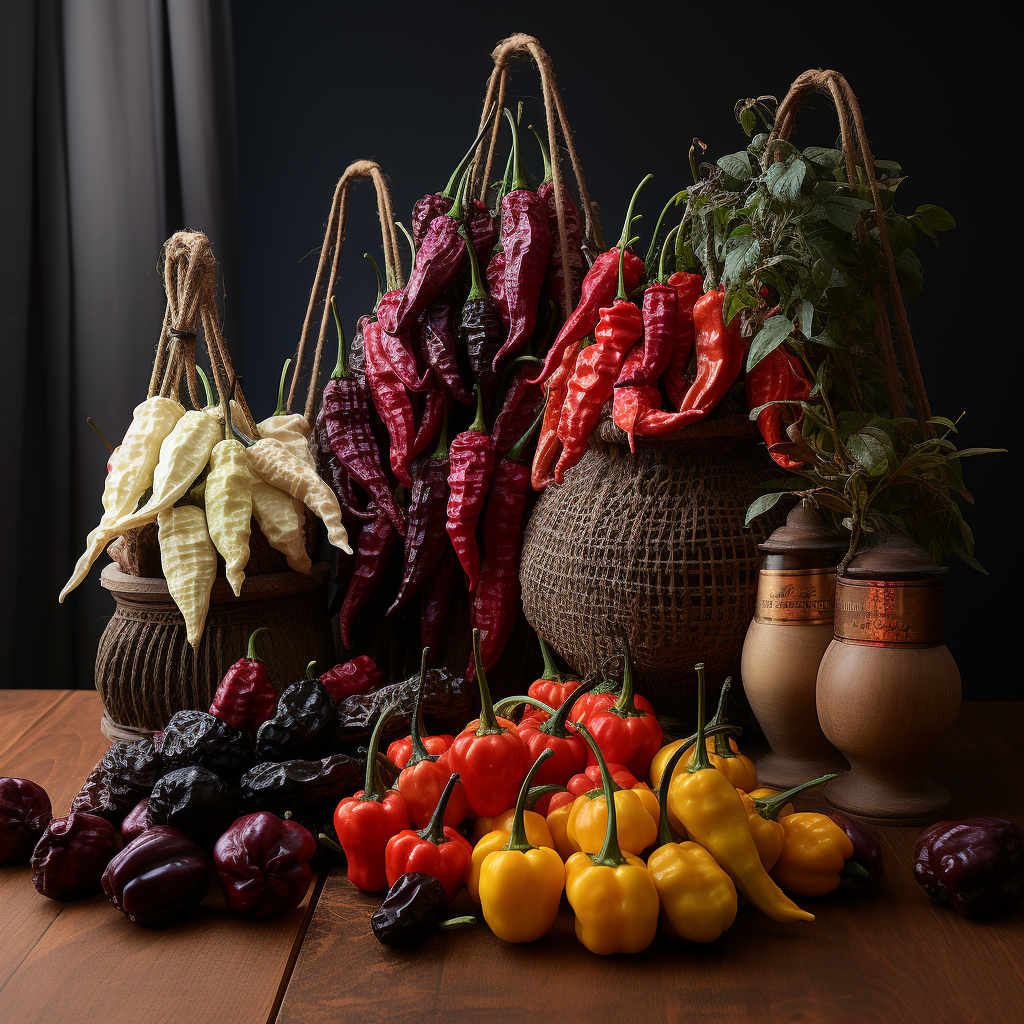If you're on the hunt for the hottest peppers around, you've likely encountered the notorious ghost pepper. But what if I told you that within this fiery family lies a range of ghost pepper varieties for extreme heat, each with its own special flavors? Join me on this daring culinary adventure as we dive into the realm of ghost pepper varieties tailored for the boldest of taste buds!
The Heat Spectrum:
Ghost peppers, or Capsicum chinense in scientific terms, are renowned for their fiery kick. The Bhut Jolokia, often hailed as the original ghost pepper, is a strong contender. The Naga Viper, the Trinidad Moruga Scorpion, and the Carolina Reaper, are also varieties that take spiciness to a whole new level. These fiery varieties are not for the faint-hearted!
The Naga Viper: A Fierce Challenger:
The Naga Viper, born from a blend of Bhut Jolokia, Trinidad Scorpion, and Naga Morich, is notorious for its searing heat. The Ghost pepper held the Guinness World Record for the hottest pepper for a number of years. With a Scoville rating that can surpass a million units, this pepper is sure to set your taste buds ablaze!
Trinidad Moruga Scorpion: Nature's Own Inferno:
Named after the lethal scorpions of Trinidad, this pepper demands respect. It held the title of the world's hottest pepper for a period, boasting an average Scoville rating of over 1.2 million units. The intense burn of this pepper is akin to a volcanic eruption on your palate!
The Carolina Reaper: Devilishly Delicious:
This pepper currently reigns as the Guinness World Record holder for the hottest chili. Developed by the ingenious "Smokin" Ed Currie, the Carolina Reaper averages a mind-boggling 1.6 million Scoville units, with some individual peppers soaring past 2.2 million! Taking a bite of this pepper is like experiencing liquid fire.
Caution: Handle with Care!
When dealing with these intensely hot varieties, it's crucial to be cautious. Using gloves while handling the peppers is a must, and consuming them should be approached with great care. A little goes a very long way, and it's essential to have a dairy or citrus-based antidote nearby in case the heat becomes too overwhelming.
Growing the Heat:
For those brave enough to cultivate these super-hot varieties, meticulous care and attention are essential. They thrive in warm climates with ample sunlight and well-draining soil. Consistent moisture and nutrient-rich soil are crucial for healthy growth.
A Spicy Culinary Quest:
For those who relish the heat, incorporating these peppers into your dishes can take your culinary creations to new heights of spiciness, creating a truly unforgettable dining experience.
In Conclusion:
Ghost pepper varieties for extreme heat are not for the faint of heart. They demand respect, caution, and an adventurous spirit. If you're ready to embark on this fiery journey, do so with a sense of excitement and a readiness to conquer the flames! Happy heat-seeking, fellow chili enthusiasts!


